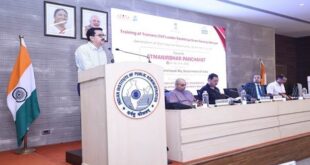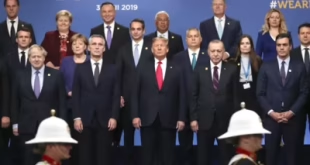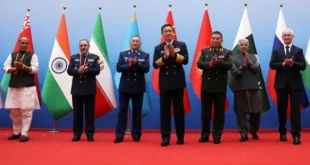- Recently, a government committee report told the Supreme Court (SC) that “income” is a “feasible criterion” for defining the “Economical Weaker Sections” (EWS).
- In October 2021 NEET aspirants filed a petition asking how ‘Rs 8 lakh’ has been taken as an annual income criterion to identify EWS for grant of 10% reservation in NEET medical admissions under the All India Quota (AIQ) category.
EWS Quota
- The 10% EWS quota was introduced under the 103rd Constitution (Amendment) Act, 2019 by amending Articles 15 and 16.
- It inserted Article 15 (6) and Article 16 (6).
- It is for economic reservation in jobs and admissions in education institutes for Economically Weaker Sections (EWS).
- It was enacted to promote the welfare of the poor not covered by the 50% reservation policy for Scheduled Castes (SCs), Scheduled Tribes (STs) and Socially and Educationally Backward Classes (SEBC).
- It enables both Centre and the states to provide reservation to the EWS of society.
- The income criterion for identifying EWS was introduced by a notification of January 17, 2019 which further laid down other conditions for identifying EWS, such as the beneficiary’s family must not own or possess five acres of agricultural land, a residential flat of 1,000 square feet and above or residential plot of 100/200 square yards and above in notified/non-notified municipalities.
Important points:
- The committee said the Rs 8 lakh criterion struck a “fine balance” between over-inclusion and inclusion errors and found it a “reasonable” threshold to determine EWS in order to extend reservation in admissions and jobs.
- Considering that the currently effective income tax exemption limit is around Rs 8 lakh for individuals, the committee is of the view that the gross annual income limit of Rs 8 lakh for the entire family would be reasonable for inclusion into EWS.
- Rejected Notion of Emulation of OBC Criterion:
- It rejected the notion that the Centre had “mechanically adopted” Rs 8 lakh as a number because it was also used for the OBC (Other Backward Classes) creamy layer cut-off.
SOURCE: THE HINDU,THE ECONOMIC TIMES,MINT
 Chinmaya IAS Academy – Current Affairs Chinmaya IAS Academy – Current Affairs
Chinmaya IAS Academy – Current Affairs Chinmaya IAS Academy – Current Affairs



